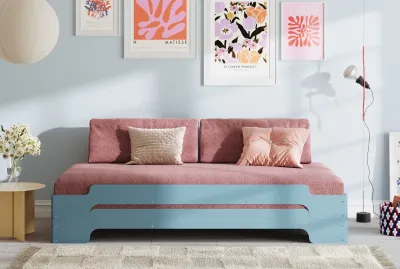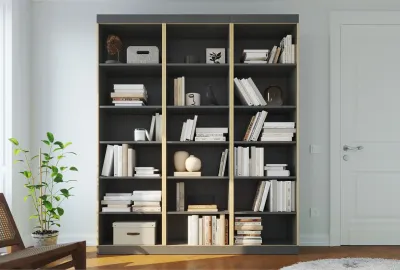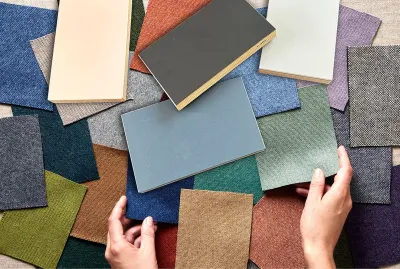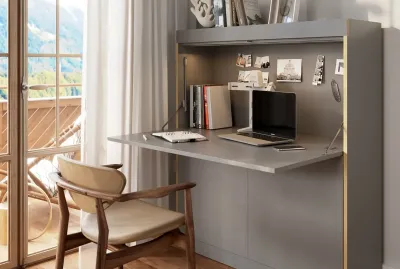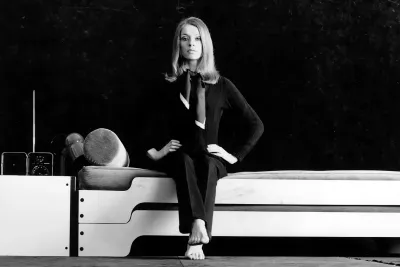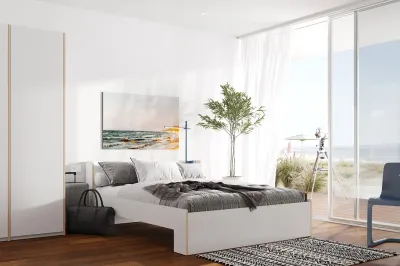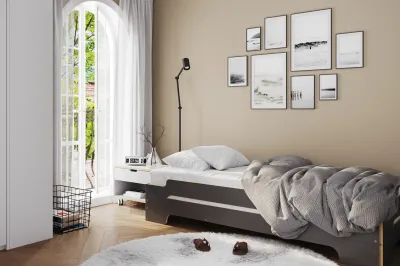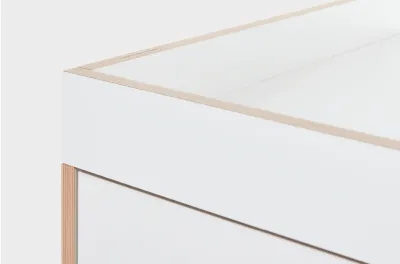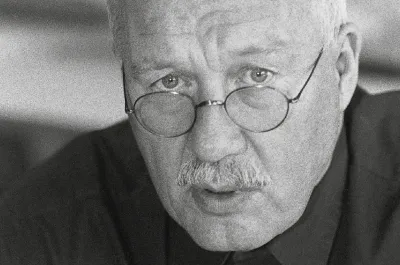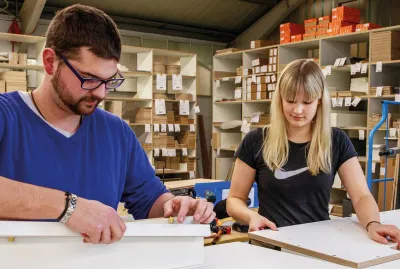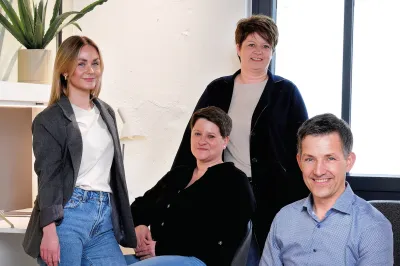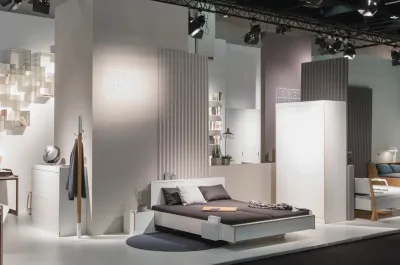At Müller Small Living, we take sustainable responsibility: ecologically, economically and socially. As a fifth-generation family business, we are therefore proud that we have been manufacturing our products ourselves at our company headquarters in Bockhorn, Friesland, for more than 150 years.

1858
24-year-old journeyman carpenter Gerhard Wilhelm Oetken from Bockhorn, Grand Duchy of Oldenburg, sets off on a journey across Germany and Europe, starting his journey at half past nine in the morning with a steamboat trip from Oldenburg to Bremen. On his long journey, he stops off in Cologne, Frankfurt, Strasbourg and Paris, among other places.
When it all started: 1869
Eleven years later, Gerhard Wilhelm Oetken takes over Johann Renke Junker's joinery, establishes the former cabinetmaker's workshop in Bockhorn and lays the foundation for today's traditional Müller company.
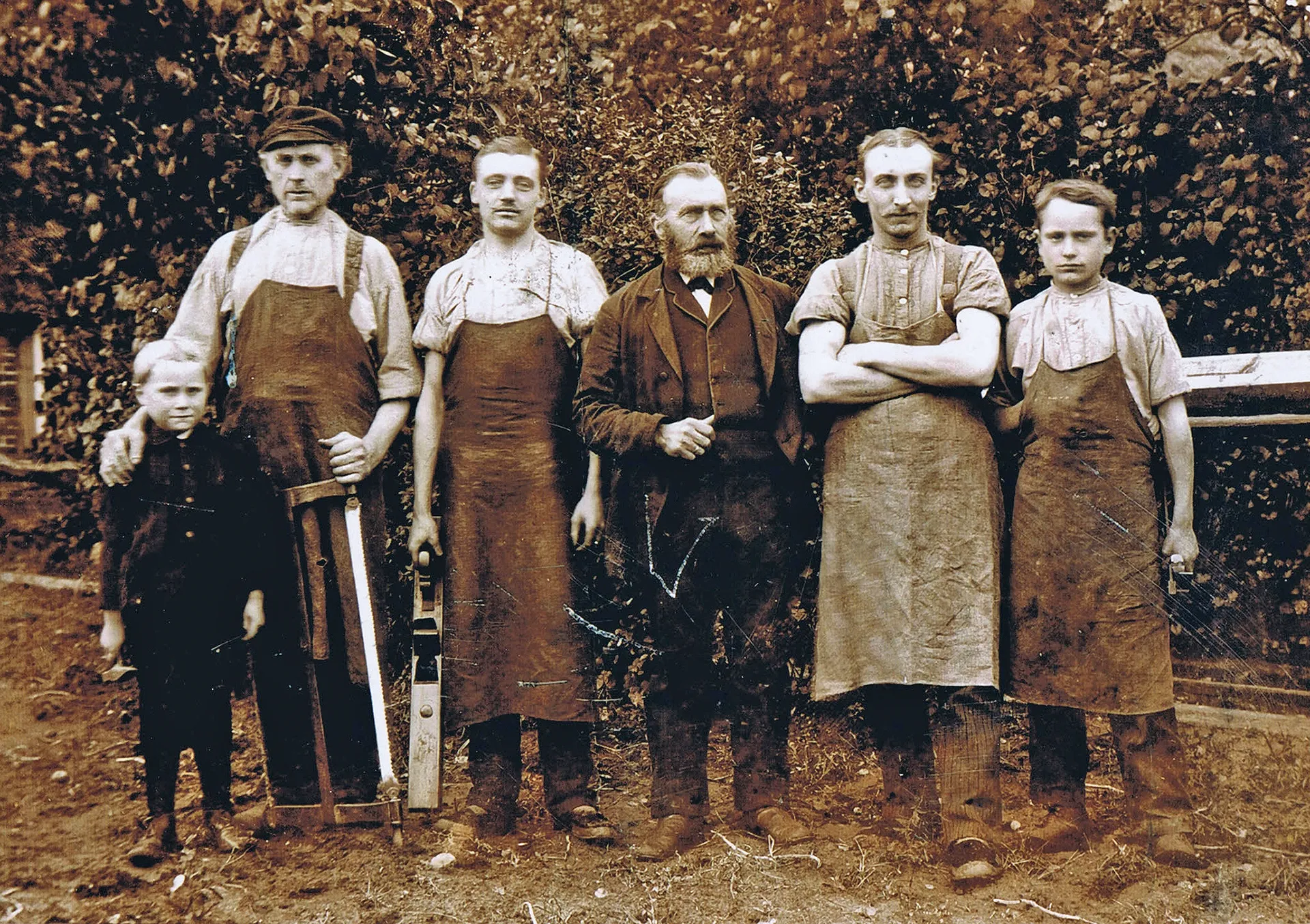

1898
30 years later, son August and his wife Helene take over the business and build the main building at Urwaldstraße 8, which still serves as the company headquarters today. Production is further modernised. August Oetken thinks more industrially than in terms of craftsmanship and buys the latest machines, such as a planer and drill, in order to be able to produce the first series furniture.
1935
The name was changed in 1935 when Wilma, daughter of August and Helene Oetken, married the carpenter Fritz Müller from Neuenburg. At this time, the small manufactory was producing individual pieces of furniture such as wardrobes, beds and chests.

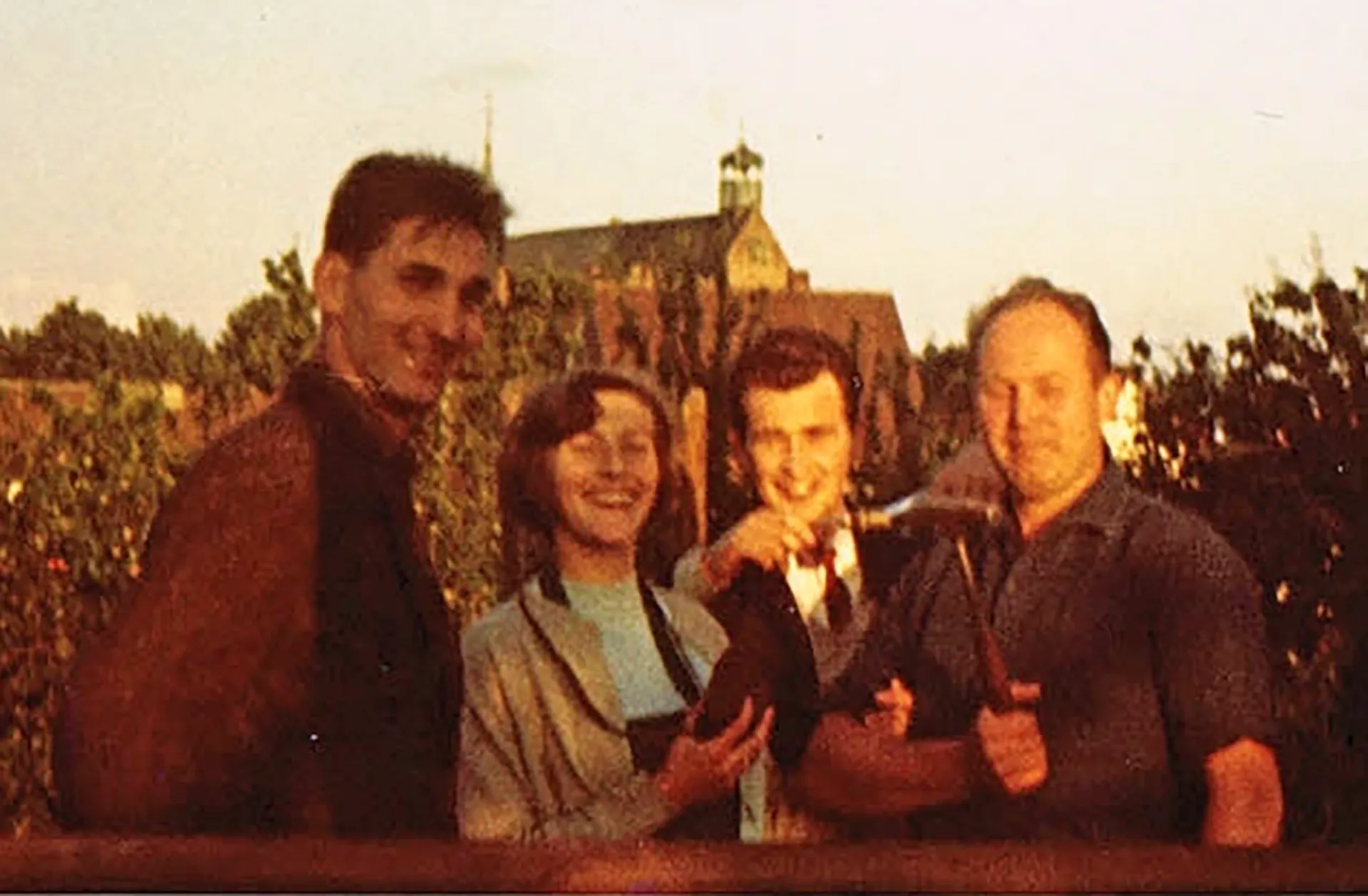
1967
At the end of the 1960s, son Dierk and his wife Erika took over the management of the company and, with major investments, ventured into industrial series production. Under the name Müller Möbelwerkstätten, they develop, produce and sell modern series furniture designed for the company by architects and designers.
1971
In 1971, Müller Möbelwerkstätten exhibited for the first time at the renowned furniture fair in Cologne, where it presented innovative furniture that could be dismantled and shipped. Since then, new products have been created year after year in close collaboration with renowned designers such as Rolf Heide, the kaschkasch design studio, Michael Hilgers, Felix Stark and many more.
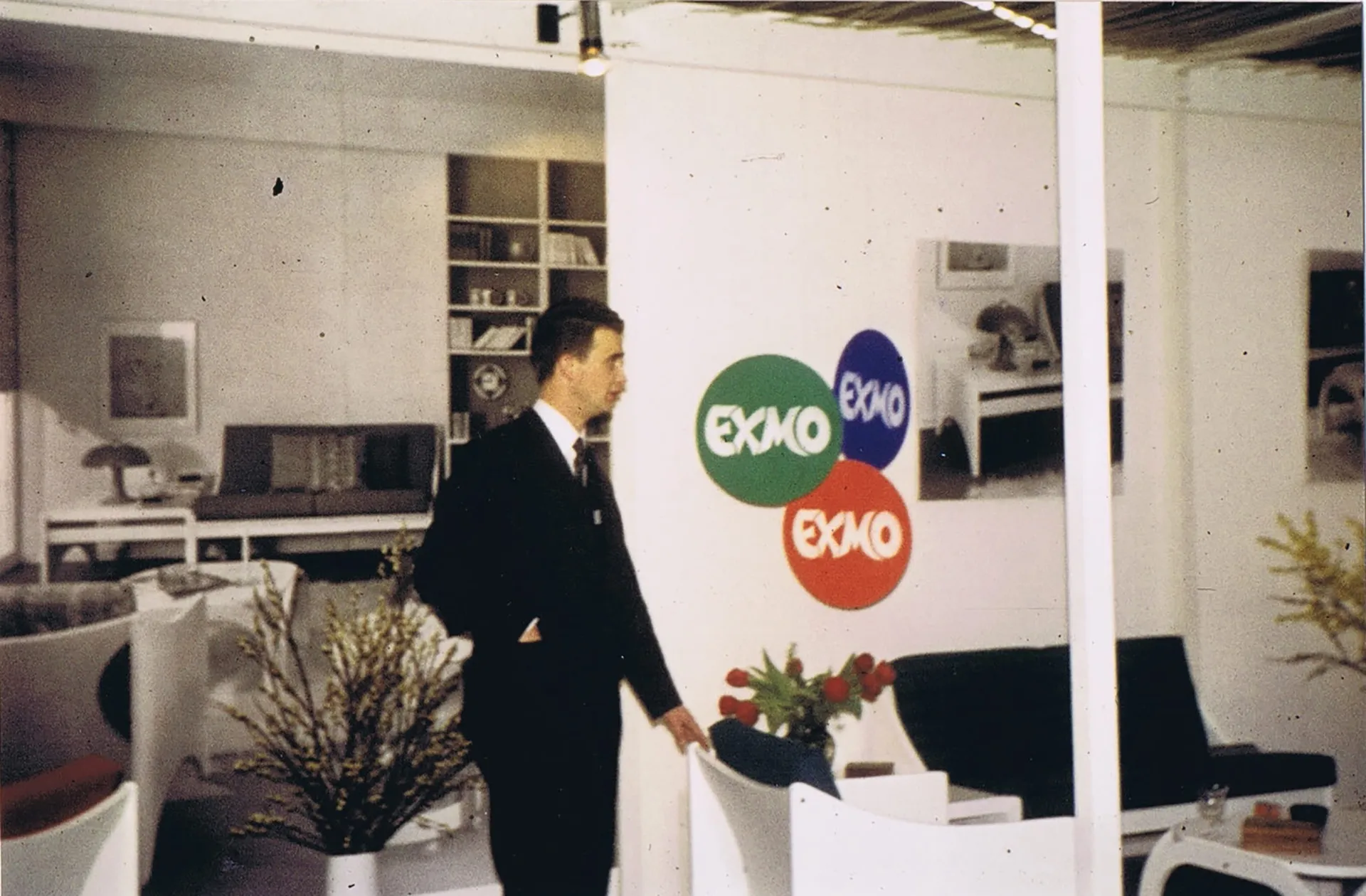

Many designs have been honoured with national and international design awards, such as the 2012 Design Award of the Federal Republic of Germany for the "Konnex" shelving unit or the 2003 imm cologne interior innovation award for the "Stacking Lounger". The national and even international ambitions are successful and lead to the company expanding. The company premises are extended, production halls are built and the machinery is modernised.
1979
The birth year of the emform collection. In collaboration with renowned designers, a new collection of home and office accessories is created, which is produced on an "extended workbench" in Germany. The timeless and high-quality products are primarily made of chrome-plated metal and underline the company's high level of design expertise. In 1984, the emform collection is spun off into an independent company.


1994
In 1994, Müller Möbelwerkstätten GmbH takes the next major step towards expansion: the production area is doubled with the construction of a further production hall and the integration of a modern surface department.
2003
In 2003, son Jochen and his wife Katja join the management of the family business. The expansion of the company's own furniture collection, the intensification of marketing activities, a stronger focus on cooperation with retail partners and, last but not least, increased efforts in e-commerce are the guarantors of the company's sustained success.


2012
The young designer Florian Gross and Müller Möbelwerkstätten are honoured with the Silver Design Award of the Federal Republic of Germany for their KONNEX design. The individual shelving modules are made of extremely thin but extremely resilient and high-quality mitred material. The year 2012 thus marks the beginning of a special success story, as since then many more products from the Müller collection have been honoured with a design award year after year.
2016
The new logistics centre is put into operation and provides the necessary space for the company's further expansion. Thanks to the new warehouse capacity, Müller drastically reduces the average delivery time and thus secures further expansion in the e-commerce sector. In the same year, Müller celebrates the successful generation change and the 50th anniversary of the legendary stacking lounger designed by Rolf Heide in 1966.


2018
The brand relaunch takes place in 2018. Instead of "Müller Möbelwerkstätten", the company is now clearly and easily recognisable as Müller Small Living. At the same time, the previous logo was also completely revised. The previous geometric signet was replaced by a significantly reduced brand logo, which is particularly recognisable thanks to the two vertically superimposed dots in the "ü".
2022
In order to meet the increased demand, Müller Small Living has now decided to further expand its production facilities in the Klinkerhof industrial estate in Bockhorn. An investment package of two million euros has been put together to expand capacity, increase the joinery by 875 square metres of storage space and create 130 square metres of office and social space. Müller Small Living is also expanding its machinery and installing a second large photovoltaic system. This means that around half of the company's electricity consumption can be generated using Frisian solar energy.


